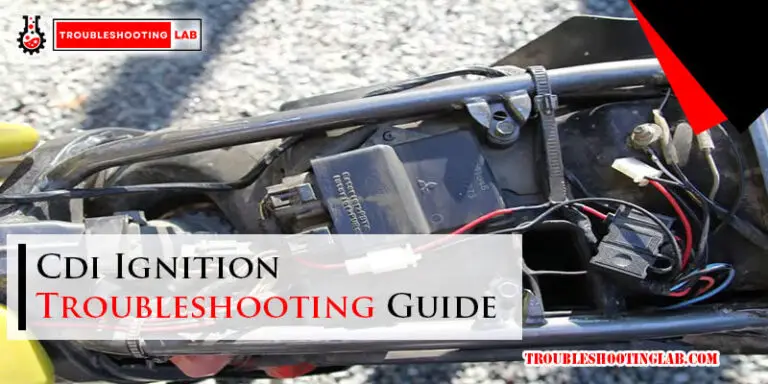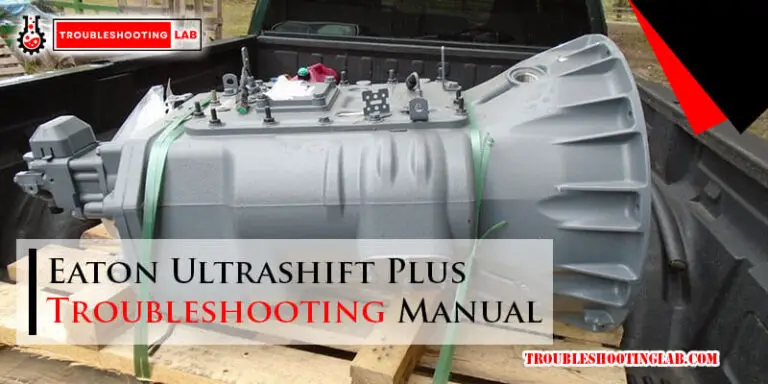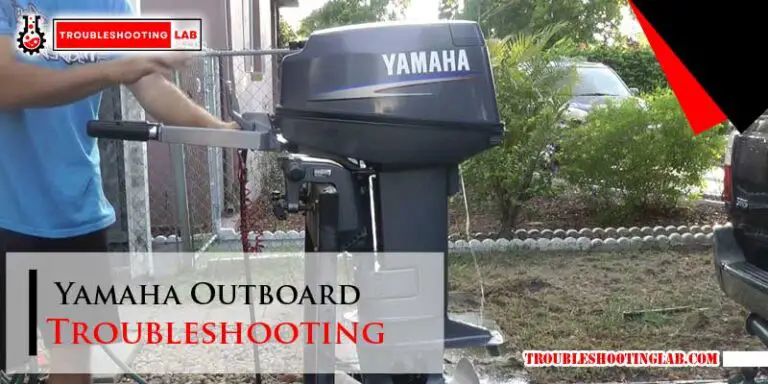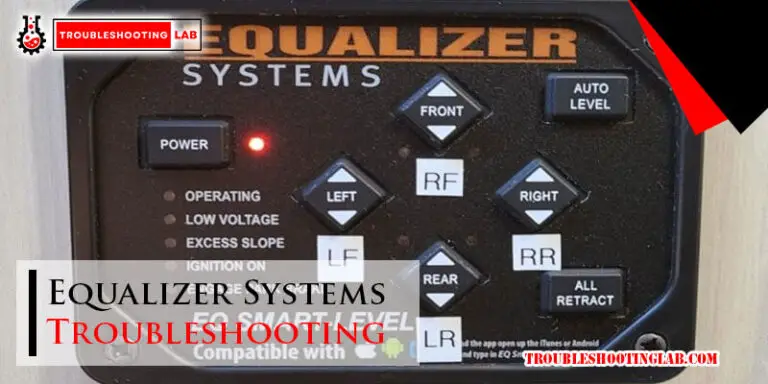Weiserlock Com Smartkey Troubleshooting: Quick Fixes Guide
Struggling to figure out why your Weiserlock SmartKey isn’t working the way it should? You’re not alone.
When your lock doesn’t cooperate, it can leave you feeling frustrated and even a little uneasy about your home’s security. But don’t worry—this guide is here to help. Whether you’re dealing with a key that won’t turn, a lock that won’t rekey, or other common issues, we’ll walk you through simple troubleshooting steps to get things back on track.
Keep reading, because by the time you’re done, you’ll feel more confident in solving the problem and securing your space. Let’s get started!
Common Issues With Weiserlock Smartkey
The Weiserlock Smartkey is a convenient and secure way to manage your home’s locks, but like any device, it can encounter issues. Whether your key isn’t turning, your lock isn’t responding, or your key is stuck, these problems can be frustrating. Let’s break down some common issues you might face and how to troubleshoot them effectively.
Key Won’t Turn In The Lock
If your key isn’t turning, it’s often due to a misalignment in the lock’s internal components. This can happen if the lock was rekeyed improperly or if debris has built up inside the mechanism.
- First, check if you’re using the correct key. It’s easy to confuse keys if you have multiple Smartkey locks.
- Try gently jiggling the key while applying slight pressure. This can help realign any stuck pins.
- If the issue persists, use a can of compressed air to blow out any dirt or debris that may be causing the problem.
Still stuck? It might be time to rekey the lock using the Weiser Smartkey tool, following the manufacturer’s instructions.
Lock Not Responding To Key
When your lock doesn’t respond to your key, it could mean the lock wasn’t programmed correctly or the internal mechanism has failed.
- Start by double-checking that the lock was rekeyed properly. A simple mistake during the rekeying process can cause the lock to stop recognizing the key.
- If you recently rekeyed the lock, try reprogramming it again, ensuring each step is followed exactly as described in the manual.
- Lubricate the lock with a graphite-based lubricant. Avoid oil-based lubricants as they can attract dirt over time.
If none of these steps work, consider reaching out to Weiser’s customer support for further assistance.
Key Stuck In The Lock
A stuck key can make you feel panicked, but don’t force it. Forcing the key can damage the lock or break the key entirely.
- First, gently wiggle the key while pulling it out. Sometimes, the pins in the lock aren’t aligned perfectly, and a little movement can free the key.
- Check for any visible obstructions. Even a small object stuck in the lock can cause the key to jam.
- If the key still doesn’t budge, use a lubricant specifically designed for locks to reduce friction. Spray it into the keyhole and try again.
If the key breaks during removal, you may need a pair of needle-nose pliers or professional locksmith assistance to extract it safely.
Troubleshooting these common issues doesn’t have to be overwhelming. With some patience and the right tools, you can often fix the problem on your own. Have you encountered any of these problems before? What worked for you?

Credit: www.ebay.com
Tools Needed For Troubleshooting
Troubleshooting issues with your Weiserlock SmartKey can be frustrating without the right tools. Using proper tools ensures quick fixes and prevents further complications. This section lists tools needed for different troubleshooting scenarios. Whether handling simple or complex issues, having the right tools makes the process efficient.
Basic Tools For Quick Fixes
Basic tools are often enough for minor issues with your SmartKey. A flathead screwdriver is essential for removing screws or adjusting loose components. Needle-nose pliers work well for gripping small parts securely. A flashlight helps identify internal issues in dimly lit areas. These tools are easy to find and require minimal effort to use.
Specialized Tools For Advanced Issues
For more complex problems, specialized tools might be necessary. A SmartKey reset cradle is useful for resetting the lock mechanism. A lock lubricant helps reduce friction and ensures smooth operation. Lock pick kits can help manipulate internal components during troubleshooting. These tools require careful handling but are effective for resolving advanced issues.
Fixing Key Turning Problems
Key turning problems with a Weiser SmartKey lock can be frustrating. These issues often arise due to minor mechanical faults or wear and tear. Thankfully, they are usually easy to fix. Follow these steps to address the problem and restore smooth operation.
Inspecting The Key For Damage
Start by closely examining the key you are using. Look for any bent areas, worn-out edges, or cracks. Damaged keys can create resistance when turning in the lock. Use a spare key, if available, to test the lock. If the spare key works smoothly, the original key might need replacement.
Lubricating The Lock Mechanism
Stiff locks can cause the key to stick or not turn properly. Apply a small amount of graphite-based lubricant to the key. Insert the key into the lock and gently turn it back and forth. This spreads the lubricant inside the mechanism. Avoid using oil-based lubricants, as they can attract dirt and worsen the issue.
Realigning The Lock Cylinder
Misalignment of the lock cylinder can also prevent the key from turning. Check if the cylinder feels loose or out of place. Tighten any loose screws around the lock assembly. If the cylinder is visibly misaligned, carefully reposition it. Ensure it sits evenly within the lock housing to allow smooth key operation.

Credit: ca.weiserlock.com
Resolving Key Stuck Issues
Experiencing a stuck key in your Weiserlock SmartKey can be frustrating. This issue often arises due to debris, misalignment, or a worn-out key. Addressing the problem quickly is essential to maintain your lock’s functionality. Below are practical steps to resolve key stuck issues effectively.
Safely Extracting A Stuck Key
Begin by avoiding excessive force when trying to pull out the key. Applying too much pressure can damage the lock or key further. Use a pair of pliers to grip the key gently. While holding the key, wiggle it slightly side-to-side and pull it out gradually. If the key still doesn’t budge, apply a small amount of graphite lubricant to the keyhole. This reduces friction and eases the extraction process.
For stubborn cases, consider using a key extractor tool. These are designed to slide into the lock and latch onto the stuck key. Once attached, pull the key out slowly to avoid breakage.
Checking For Debris In The Lock
Debris inside the lock is a common cause of stuck keys. Inspect the keyhole for any visible dirt or tiny obstructions. Use a flashlight to check for small particles trapped inside. Insert a toothpick or a compressed air canister to clear out the debris. Avoid using sharp objects as they can damage the lock’s internal components.
After cleaning, test the lock with a different key. This ensures that the lock functions correctly without further issues.
Preventing Future Key Jams
Proper maintenance can help prevent keys from getting stuck. Regularly clean the lock using a non-oily lubricant like graphite powder. Avoid using WD-40 as it can attract dirt over time. Always ensure the key you use is not bent or damaged.
Store spare keys in a safe place to reduce wear on the primary key. If you notice signs of wear on your key, replace it promptly. Keeping your lock and key in good condition ensures long-term reliability and reduces the risk of jams.
Addressing Lock Re-keying Errors
Addressing lock re-keying errors is essential for maintaining security and convenience. Re-keying a SmartKey lock allows you to update its key access easily. However, errors can lead to a lock that won’t work properly. Understanding the re-keying process and avoiding mistakes can save time and frustration.
Steps To Re-key The Lock Correctly
Start by gathering the necessary tools: the existing key, the new key, and the SmartKey tool. Insert the existing key into the lock and turn it 90 degrees clockwise. Use the SmartKey tool to press the small hole next to the keyhole. Keep the tool in place while removing the old key.
Insert the new key and rotate it back to its original position. Remove the new key and test the lock. Follow each step carefully to ensure the lock accepts the new key.
Common Mistakes During Re-keying
One common mistake is using the wrong key. Ensure you have the correct existing key and new key before starting. Another error is not turning the old key to the correct angle. Turning it too far or not far enough can interrupt the process.
Skipping the SmartKey tool step is another frequent issue. The tool is essential for resetting the lock. Rushing through the steps can also lead to errors. Take your time to avoid missing any critical parts.
Testing The Lock After Re-keying
Once re-keying is complete, test the lock with the new key. Insert the new key and turn it to ensure smooth operation. If the lock doesn’t turn, double-check each re-keying step.
Test the lock multiple times to confirm its functionality. If problems persist, the lock may need professional inspection. Regular testing ensures the security of your re-keyed lock.

Credit: www.ebay.com
Battery And Electronic Component Issues
The Weiser SmartKey lock is designed to make life easier. But sometimes, battery or electronic issues can cause unexpected problems. These issues are often simple to fix with the right steps. Regular maintenance and checks can prevent many of these challenges.
Below are common electronic and battery-related issues and how to address them.
Replacing Dead Batteries
A dead battery is one of the most common problems with smart locks. If your Weiser SmartKey lock stops responding, the battery might need replacing. Open the battery cover on the back of the lock. Remove the old batteries and replace them with fresh ones. Make sure to match the battery orientation correctly. Using high-quality alkaline batteries can improve performance. Avoid rechargeable batteries, as they may not last as long.
Resetting The Lock’s Electronics
Sometimes, the lock’s electronics may need a reset. A reset can resolve minor glitches or connectivity issues. To reset, remove the battery pack from the lock. Wait for 10 seconds, then reinsert the batteries. This simple step can restore functionality. If problems persist, consult the user manual for advanced reset instructions.
Checking For Firmware Updates
Firmware updates can enhance the lock’s performance and fix existing bugs. Check the Weiser website or app for available updates. Make sure your lock is compatible with the latest firmware. Follow the instructions provided to install the update. Keeping firmware up-to-date can prevent electronic issues in the future.
When To Seek Professional Help
SmartKey technology from Weiserlock is designed to make your life easier, but sometimes things don’t go as planned. If you’re struggling to troubleshoot issues with your SmartKey lock, you might wonder if it’s time to call an expert. Knowing when to reach out for professional help can save you frustration and ensure your lock functions smoothly.
Signs You Need Expert Assistance
There are clear signs that your SmartKey lock might require a professional touch. If your lock refuses to rekey, even after following the instructions step by step, it could indicate an internal issue. Difficulty inserting or turning the key might mean the lock mechanism is damaged or misaligned.
Another red flag is a lock that gets stuck or makes unusual grinding noises during use. These noises could point to worn-out parts or debris inside the lock. If you’ve tried cleaning and lubricating the lock without success, it’s likely time to call a locksmith.
Ask yourself: Is your time better spent troubleshooting, or could a professional fix the issue faster and more reliably? If the answer is the latter, don’t hesitate to seek help.
Finding Certified Locksmiths
Not all locksmiths are trained to handle SmartKey technology, so choosing the right professional is crucial. Look for locksmiths certified by organizations like ALOA (Associated Locksmiths of America). Certification often means they have specific training and experience with advanced lock systems.
Check online reviews to learn about others’ experiences with local locksmiths. Positive reviews highlighting SmartKey expertise can point you in the right direction. Don’t shy away from asking questions upfront—confirm they’ve worked on Weiser SmartKey locks before.
If you’re in a hurry, try searching for “Weiser-certified locksmith near me” on Google. Many locksmiths specialize in brands and can assist you quickly. Taking this step ensures you’re hiring someone who truly knows the ins and outs of your lock.
Conclusion
Troubleshooting your Weiserlock SmartKey can feel challenging, but it’s manageable. Start with basic checks like key alignment and lock cleanliness. Always ensure you use compatible keys for smooth operation. If issues persist, consider consulting the user manual or contacting support.
Regular maintenance can prevent many common problems. A little care goes a long way in keeping your lock functional. By addressing minor issues early, you can avoid bigger complications later. Stay patient and work step by step for the best results.
Your Weiserlock SmartKey is designed to be reliable with proper attention.






